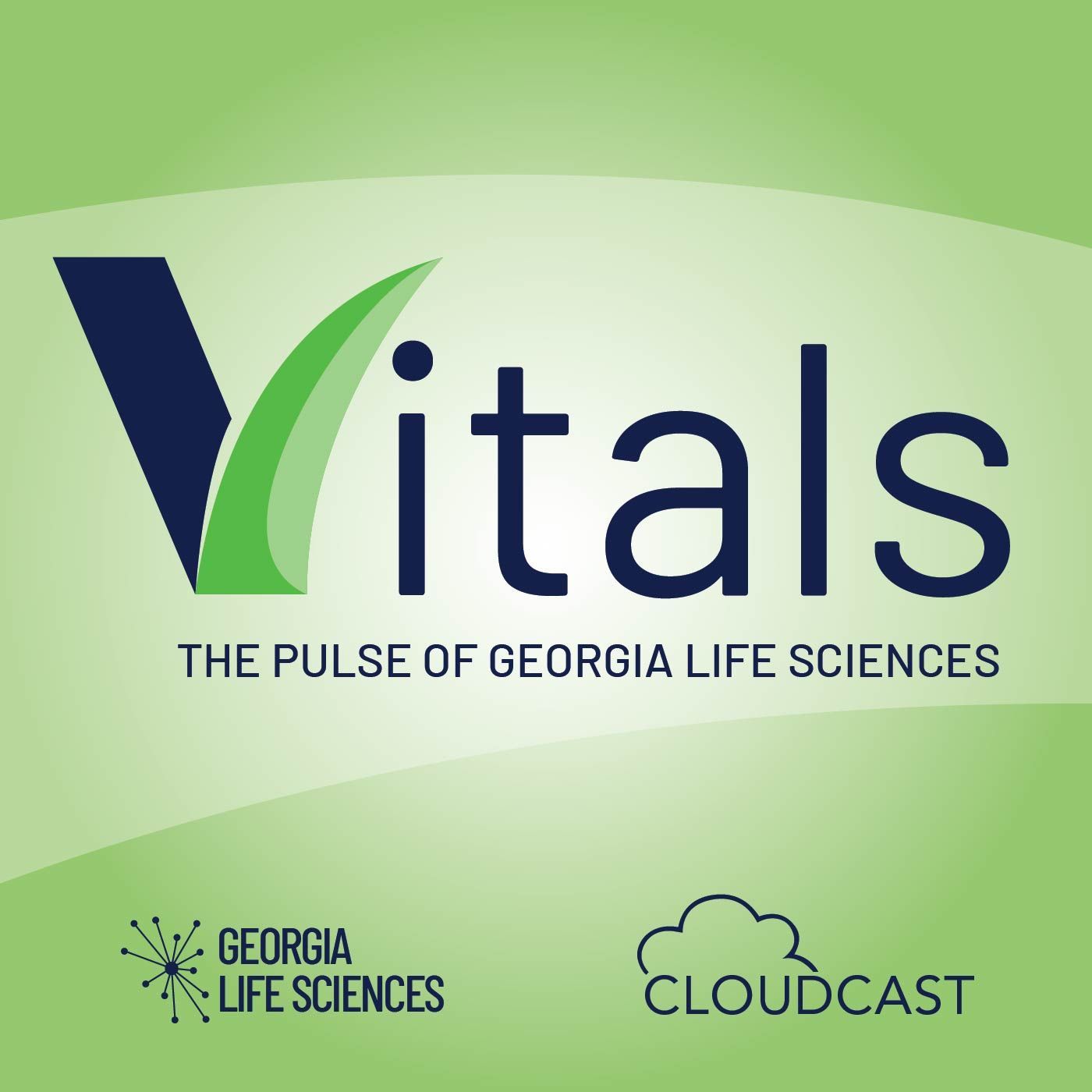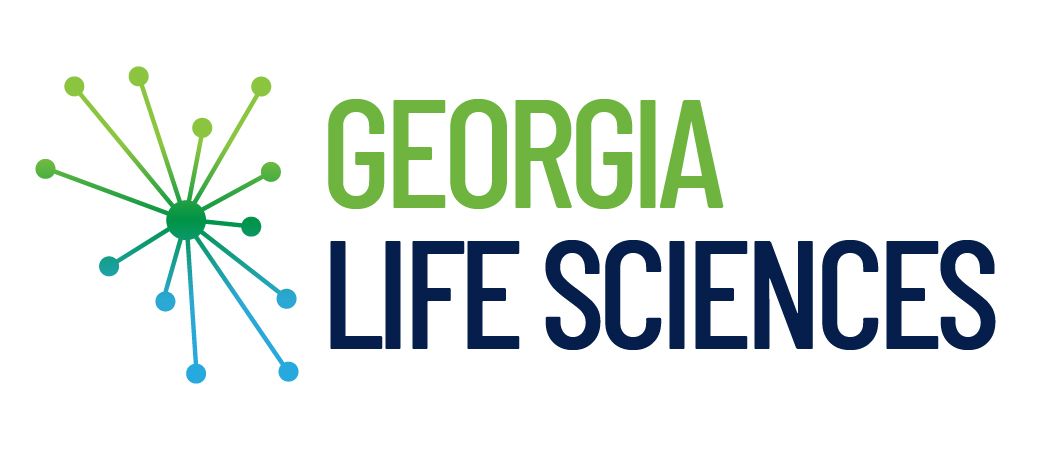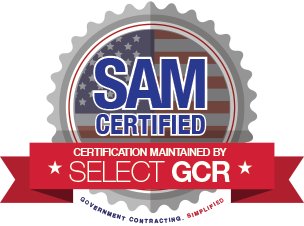Acadia Pharmaceuticals Announces Phase 3 Development Candidate ACP-101 (intranasal carbetocin) for Prader-Willi Syndrome
— Acadia acquired Levo Therapeutics and worldwide rights to ACP-101 in June 2022
— ACP-101 (intranasal carbetocin) is a selective oxytocin-receptor agonist for the treatment of hyperphagia in Prader-Willi syndrome
— Company recently completed a meeting with the FDA and plans to initiate a Phase 3 study in the fourth quarter of 2023
— Webcast to be held today at 5:00 p.m. Eastern Time
SAN DIEGO–( BUSINESS WIRE )– Acadia Pharmaceuticals Inc. (Nasdaq: ACAD) today announced the addition of a new Phase 3 development candidate to its rare disease portfolio, ACP-101 (intranasal carbetocin), for the treatment of hyperphagia (a false and unrelenting state of starvation) in Prader-Willi syndrome (PWS). Acadia acquired worldwide rights to develop and commercialize ACP-101 with the acquisition of Levo Therapeutics in June 2022.

“Acadia’s acquisition of ACP-101 demonstrates our commitment to acquiring and developing novel drug candidates that address significant unmet needs in central nervous system disorders. The addition of this drug candidate to our rare disease portfolio is an important next step in the execution of our business development strategy,” said Steve Davis, Acadia’s President and Chief Executive Officer. “Prader-Willi syndrome is a rare genetic disorder with no approved treatments, characterized by life-threatening hyperphagia, in addition to a broad range of severe metabolic issues and behavioral challenges. We look forward to working with the Prader-Willi community and clinical experts as we continue to advance development of this program.”
Prior to Acadia’s acquisition, Levo conducted a Phase 3 multi-center, randomized, double-blind, 8-week placebo-controlled study evaluating two doses of ACP-101, 3.2 mg and 9.6 mg, versus placebo three times daily with an even randomization (1:1:1). Top-line results showed that ACP-101 was safe and well-tolerated and demonstrated nominally statistically significant efficacy at the 3.2 mg dose.
“We recently met with the FDA and reached alignment to further evaluate the 3.2 milligram dose of ACP-101 in a pivotal Phase 3 study,” said Doug Williamson, Acadia’s Executive Vice President, Head of Research and Development. “If positive, we plan to promptly submit a new drug application for the treatment of hyperphagia in PWS to the FDA.”
Prader-Willi syndrome is a rare, neurobehavioral genetic disorder characterized by severe and life-threatening hyperphagia, metabolic issues, intellectual deficits and other behavioral problems that is estimated to affect 8,000 to 10,000 patients in the United States. 1,2 There is no FDA approved medicine to treat hyperphagia in PWS. 5
Conference Call and Webcast Information
Acadia will discuss the ACP-101 program via conference call and webcast today at 5:00 p.m. Eastern Time. The conference call will be available on Acadia’s website, www.acadia.com under the investors section and will be archived there until July 13, 2023. The conference call may also be accessed by registering for the call here. Once registered, participants will receive an email with the dial-in number and unique PIN number to use for accessing the call.
About ACP-101 (intranasal carbetocin)
ACP-101 is an investigational drug in the form of an intranasal formulation of carbetocin being developed for the treatment of hyperphagia in Prader-Willi syndrome (PWS). Carbetocin has improved drug qualities relative to oxytocin, including an extended duration of action and greater specificity for the oxytocin receptors compared to vasopressin receptors which could provide meaningful efficacy with an attractive safety profile in patients with PWS. 8 For the treatment of Prader-Willi syndrome specifically, a central nervous system disorder, an intranasal formulation of carbetocin was developed, which provides direct delivery of the drug to the brain, greatly reducing systemic exposure and the potential for side effects. ACP-101 has been granted Orphan Drug, Fast Track, and Rare Pediatric Disease designations by the FDA.
About Prader-Willi Syndrome
Prader-Willi syndrome is a rare neurobehavioral genetic disorder that affects both males and females. 1 Prevalence estimates range from 1 in 15,000 to 1 in 25,000 live births worldwide translating to an estimated 8,000 to 10,000 patients in the United States. 2 PWS affects the functioning of the hypothalamus and other aspects of the brain with symptoms varying by individual. 1,5 The condition is typically characterized by hyperphagia which is an insatiable appetite and lack of satiety, to which a deficiency in oxytocin is believed to be contributory. Oxytocin is a natural hormone that regulates several functions in the body, including hunger, anxiety, social behavior, and bonding. 1 Individuals living with PWS have fewer neurons that produce oxytocin in the brain. 6 Other defining features of the syndrome may include reduced resting energy expenditure, developmental delays and behavioral challenges including anxiety and depression. Patients may also experience bone disorders, high pain tolerance leading to unsuspected issues such as fractures and gastrointestinal issues, respiratory and temperature regulation abnormalities. 3-5,7 There is no FDA approved treatment for the hyperphagia associated with PWS. 5
About Acadia Pharmaceuticals
Acadia is advancing breakthroughs in neuroscience to elevate life. For almost 30 years we have been working at the forefront of healthcare to bring vital solutions to people who need them most. We developed and commercialized the first and only approved therapies for hallucinations and delusions associated with Parkinson’s disease psychosis and for the treatment of Rett syndrome. Our clinical-stage development efforts are focused on treating the negative symptoms of schizophrenia, Prader-Willi syndrome, Alzheimer’s disease psychosis and neuropsychiatric symptoms in central nervous system disorders. For more information, visit us at www.acadia.com and follow us on LinkedIn and Twitter.
Forward-Looking Statements
Statements in this press release that are not strictly historical in nature are forward-looking statements. These statements include but are not limited to statements regarding the timing of future events. These statements are only predictions based on current information and expectations and involve a number of risks and uncertainties. Actual events or results may differ materially from those projected in any of such statements due to various factors, including the risks and uncertainties inherent in drug development, approval, and commercialization. For a discussion of these and other factors, please refer to Acadia’s annual report on Form 10-K for the year ended December 31, 2022, as well as Acadia’s subsequent filings with the Securities and Exchange Commission. You are cautioned not to place undue reliance on these forward-looking statements, which speak only as of the date hereof. This caution is made under the safe harbor provisions of the Private Securities Litigation Reform Act of 1995. All forward-looking statements are qualified in their entirety by this cautionary statement and Acadia undertakes no obligation to revise or update this press release to reflect events or circumstances after the date hereof, except as required by law.
References
1
Swaab DF, Purba JS, and Hofman MA. Alterations in the hypothalamic paraventricular nucleus and its oxytocin neurons (putative satiety cells) in Prader-Willi syndrome: a study of five cases.” The Journal of Clinical Endocrinology & Metabolism. 1995; 80 (2): 573-579.
2
Burd L, Vesely B, Martsolf J, et. al. Prevalence study of Prader-Willi syndrome in North Dakota. Am J Med Genet. 1990; 37: 97-9.
3
Kayadjanian N, Vrana-Diaz C, Bohonowych J, et al. Characteristics and relationship between hyperphagia, anxiety, behavioral challenges and caregiver burden in Prader-Willi syndrome. PloS ONE.
2021; 16 (3): e0248739.
4
Einfeld SL, Kavanagh SJ, Smith A, et al. Mortality in Prader-Willi syndrome. Am J Ment Retard. 2006; 111 (3): 193-8.
5
Prader-Willi Syndrome Association. What Is Prader-Willi Syndrome? Retrieved from https://www.pwsausa.org/what-is-prader-willi-syndrome/. Accessed June 1, 2023.
6
Miller JL, Tamura R, Butler MG, et al. Oxytocin treatment in children with Prader–Willi syndrome: A double-blind, placebo-controlled, crossover study. Am J Med Genet A. 2017; 173 (5): 1243-1250.
7
Butler MG, Theodoro MF, Bittel DC, et al. Energy Expenditure and Physical Activity in Prader–Willi Syndrome. Am J Med Genet A.
2007; 143A (5): 449-459.
8
Engstrom T, Barth T, Villhardt M. Oxytocin receptor binding and uterotonic activity of carbetocin and its metabolites following enzymatic degradation. Eur J Pharmacol. 1998; 355 (2-3): 203-210.
View source version on businesswire.com https://www.businesswire.com/news/home/20230613838233/en/
Contacts
Media Contact:
Acadia Pharmaceuticals Inc.
Deb Kazenelson
(818) 395-3043
media@acadia-pharm.com
Investor Contact:
Acadia Pharmaceuticals Inc.
Mark Johnson, CFA
(858) 261-2771
ir@acadia-pharm.com
Source: Acadia Pharmaceuticals Inc.





